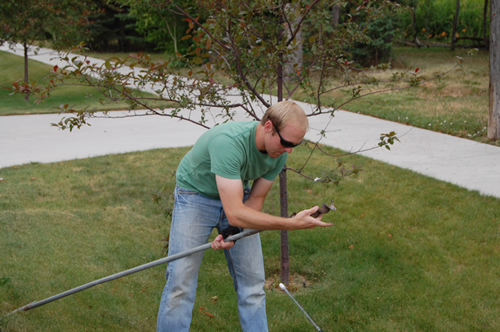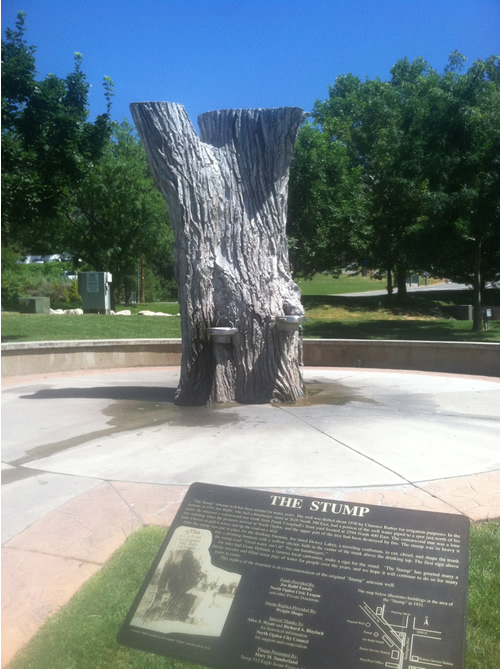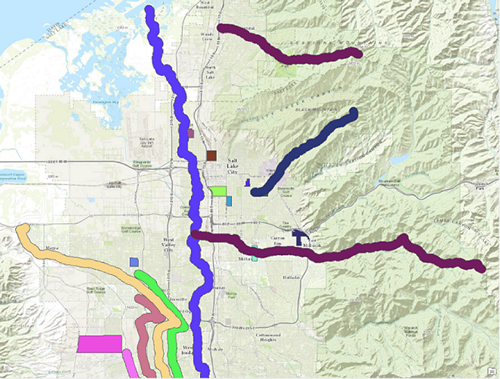iUTAH Undergraduate iFellows
Week 8 Recap
July 6-10, 2015
Kyle Ahn
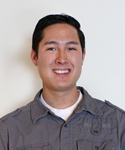
Although we collected fresh samples for analysis last week, we had to wait all week for the sediment to dry. This gave me a great opportunity to learn more about water analysis and the machinery that helps make the process faster. It was interesting learning how to use the titration machine. It was so much more tedious by hand in the lab courses. I can see the clear advantage of using machines for assistance.
Amanda Araujo
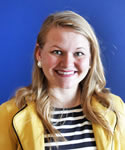
Viviane Baji

This week we were able to gather some more data for the iPad survey from the Ogden area. The whole team also revised the write-ups for the posters we’ll be presenting on July 17th. It has also been helpful to get Dr. Jackson-Smith’s and Melissa Haeffner’s feedback on my poster and further revise it for the iUTAH symposium.
Jesse Fleri

We have been finalizing our data for next week’s conference. Our data seems a little bit odd and we are testing the inhibitor to make sure it’s working properly with a machine called a BODTrakII. We’re starting calculations this week and hopefully will have it running by Friday.
Joshua Gathro
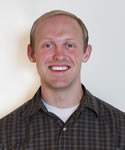
The sequential extraction process for our soil samples began on Monday. I got to spend a lot of time in the lab doing different steps, which were fun to learn. This week I was also able to help a graduate student install 10 lysimeters at her field site in town. I used a hand auger to get soil samples and create the small borehole while they placed and set the lysimeters. It was fun to learn and it's always cool to catch a glimpse of the subsurface. I revised my poster quite a bit this week too. I'm looking forward to sharing my research next week at the iUTAH Symposium.
Natasha Griffin
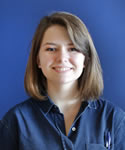
This week we performed the cloning reaction to insert our PCR product into vectors, then transformed the vectors into the E. coli cells and cultured them on the plates we made. We selected some E. coli colonies from those plates to culture further and use for our standards after we sequence them to verify the amplicon we inserted is correctly oriented. I also got to spend a day in the Provo River watershed with the BYU iUTAH tech, Dylan, for sampling and calibration at the GAMUT aquatic stations.
Sawyer Hill
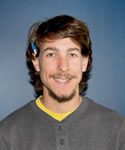
We spent the week doing maintenance on all our existing experimental stations. This included downloading data from all of our LEMS, SLEMS and study trees as well as adjusting any sensors and instruments that needed adjustment. Down time was spent gearing up for the upcoming iUTAH symposium and poster session.
Joseph Ipson

This was the week to put in all of the soil heat flux plates and thermocouple arrays for the Provo River area. The weather was good and we got done a lot more quickly than I expected. I also spent time on the spare thermocouple arrays and on the project documentation.
Matthew Johnson
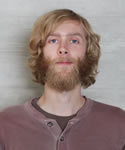
We spent the beginning of the week on research write-ups and polishing up our posters. Then we began data collection in the Ogden area.
Heather King
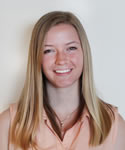
During week eight, I got items ordered to make more sap flux measurement probes. We checked up on all the devices we have installed to make sure they are running properly and all the measurements look correct. I was also able to spend more time on my poster getting all the information finalized for the poster session coming up during week nine.
Don Long
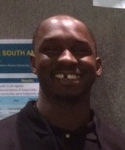
We switched emphasis in the early part of the week to our dose dependent project. The discs were still in good condition after 3 weeks of incubation in the Logan River. The replicates were put on nutrient diffusing substrates and place back into the stream in order to see how diphenhydramine (an active ingredient in Benadryl) effected the biofilms via direct exposure at varying concentrations. The latter part of the week was dedicated to finishing up the diagnostics and retrieval of the replicates at the Provo River.
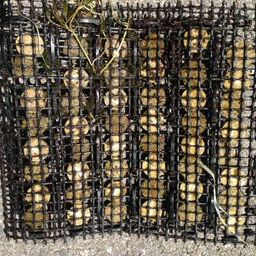
Discs in great condition after 3 week incubation
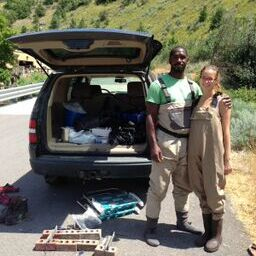
My lovely girlfriend lending a helping hand
Zack Oldroyd
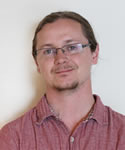
With our poster presentations coming up in week 9, my week 8 was split between going out and getting more interviews and putting together my poster and other materials for the conference. My research partner Andre and I had multiple meetings with our research mentor Courtney Flint and some of her staff, who have been incredibly helpful over the course of our project. Courtney has three USU undergrad employees who have been assisting us with a bunch of stuff. Their names are: Alex Brown, Elizabeth Wynn, and Charles Mascher.
Elizabeth Tanner
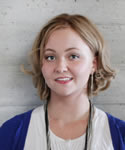
For week 8, I spent a lot of time fiddling with GIS trying to find a good way to quantify the amount of vegetation in selected areas. My mentor, Martin, has been hugely helpful when it comes to this software. I’ve now created a nice base map with all of the urban riparian corridors (URC) that I’m observing that will be helpful during my next weeks with iUTAH.
André Valle
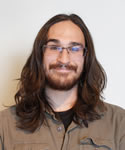
Our 8th week in Utah Water Voices has been a lot of fun. We have innovated a way to present a multimedia "story" for what we've collected and observed thus far. At the time everything appears to be working on our device, and the content and video productions are coming along nicely without any major roadblocks. We have done some preliminary coding, spent time in excel a bit, and we will be looking at shedding some light on what analysis might look like next week.
Jamie Vawdrey
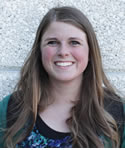
Darianne Willey
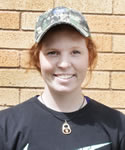
I have been thrust unceremoniously into the world of coding as I am now attempting to program our autosampler via a CR800 data logger. This has lead to meeting with many new people in the lab and learning to face fears associated with intimidating technology.
Shannon Williams
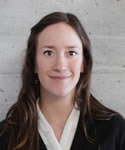
I would consider this past week the breakthrough week for me. Although I had been churning out analysis for various survey components as needed for the past month, nothing particularly novel was happening, until now. I was finally able to produce a factor analysis with meaningful and useful components that I continue to build off of to back my research questions. This week I also narrowed the scope of my prospectus and began its transition to a working paper.
Margaret Wolf
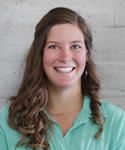
This week I was able to make connections between the samples that have been taken and the data we have been able to process so far. I was able to collect absorbance data, N-NO3 data, and total dissolved organic carbon data. This data has allowed me to begin to compare the beginnings of the chemical fingerprints of different surface types and how those surfaces affect rainwater run off. Along with our storm samples, experimental rain samples, we have begun to collect runoff from irrigation around the University of Utah.
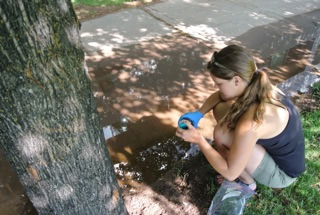
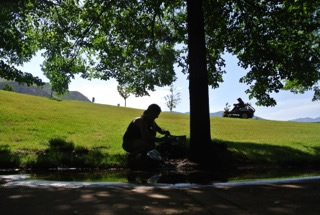
Collecting irrigation runoff

